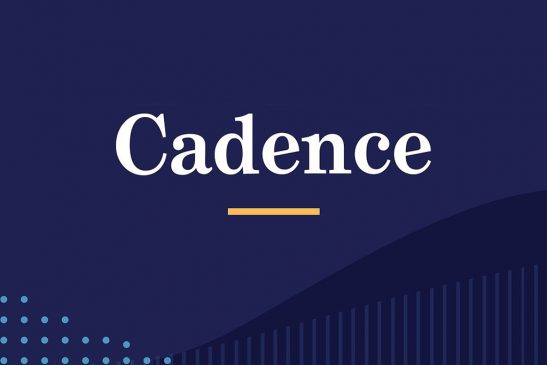Photo: Cadence / Instagram
Just recently Cadence announced that they are leaving the test phases and going live with their new marketplace for commercial debt. Now all institutional and accredited investors can apply for packages of short-term loans for whatever they need to cover.
“Cadence is doing its part to help power the growth of small to medium-sized enterprises by providing them market-driven cost efficiencies,” explained Cadence founder and CEO Nelson Chu.
The interesting part is that the loan packages are transparent thanks to the Ethereum blockchain.
Not only this, but Cadence also announced the closure of their pre-seed venture funding round. It was led by a fintech-focused family office – Recharge Capital. Overall they managed to collect $2 million from Coinbase Ventures along with Argo Ventures, and InBlockchain, which is the leading crypto investor in Asia. Additionally, the pre-seed round also saw individual investors who presumably serve as executives at banks that might need Cadences’ services.
“The value is really in how much they can help us drive institutional adoption,” commented Nelson Chu when asked how did he pick partners with whom to do business.
How Does Cadence Work?
So the main thing what Cadence offers is a short-term loan which is paid to a business for its operational needs. That all comes with a target of a 10% annual return. A three-month loan term could return over 2% at maturity, respectively.
“We are by far the best ‘try before you buy’ model. We’ve had hedge fund managers put in $500 to see if it works, and then it comes back with interest and they put in $25,000,” explained Chu.
Of course, all investors who want to do business with Cadence have to go through identity checks. After that is done, he is granted access to the Cadence system. In the system, they will see an array of loans on offer and how much space is left in every round. For traders who live inside Bloomberg Terminal – it’s also available to browse these loans inside the platform.
Attributes of many different loan pools are also very easily overlooked. Anything from the sector, risk profile, the originator, and other details about the loan is available to see on each loan. Every loan pool has multiple borrowers, in order to help spread out risk.
Moreover, one of the advantages of getting into a pool is that previous investors get the privilege if it rolls over. That means, if an instrument cycles over again, existing investors are given a few days to renew their allocations before they open it up for other investors.
“If you go on any other private crowdfunding platform, the biggest complaint is you get locked out,” explained Nelson Chu.




